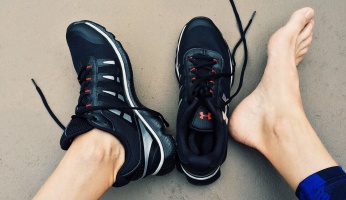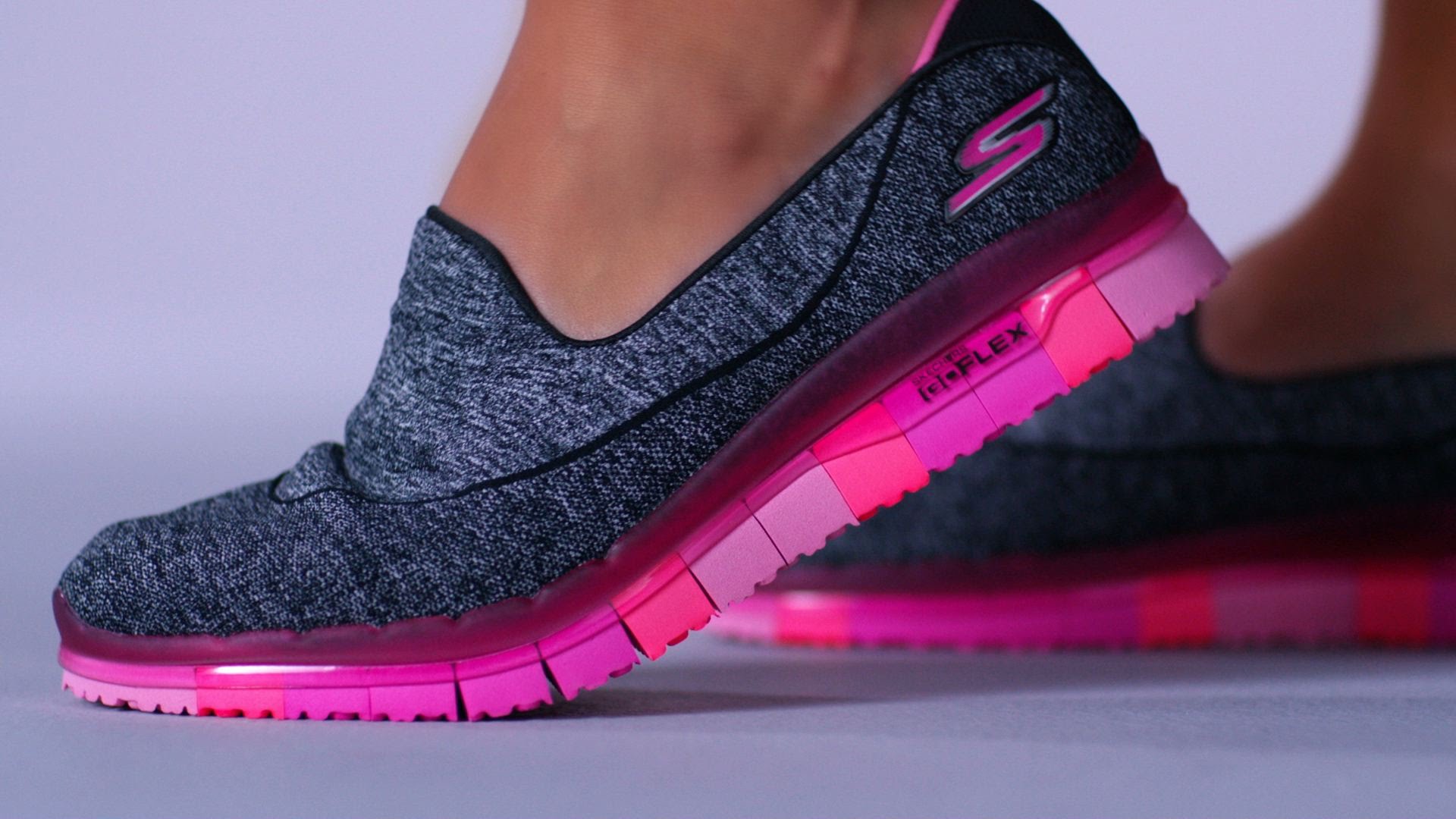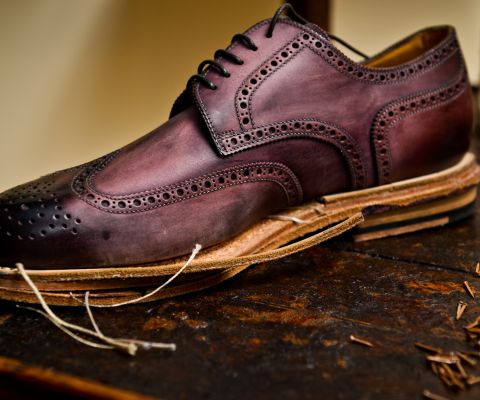How to Take Care of an Ingrown Toenail
 How to Take Care of an Ingrown Toenail www.walkjogrun.net
How to Take Care of an Ingrown Toenail www.walkjogrun.net A lot of people put ingrown toenails in the same category as bee stings, ingrown hairs, minor blisters, cold sores, or small cuts — in single phrase, relatively insignificant. The truth is sometimes they are insignificant, but they are certainly annoying — and if left uncared for they can turn into a much bigger problem.
They’re the type of thing where it’s easy to think “why? I don’t need this” in response. This response isn’t helpful however instead of playing the pity game take a few small corrective actions and you will be back to 100% in no time at all.
First and foremost, what exactly is a ingrown toenail? Most people would probably say they know about what it is. But let’s get specific:
To cite WebMD’s definition:
An ingrown toenail is a toenail that has grown into the skin instead of over it.
Simple enough right? This in-growth of the nail typically occurs on the big toe, but it isn’t unheard of for other toes to be effected. If you want to get a visual feel free to do a quick google image search, but fair warning! The results can be a bit shocking, so its not for the faint hearted.
On to what causes ingrown nails, and most importantly how to care for one if you indeed have one.
Common Causes:
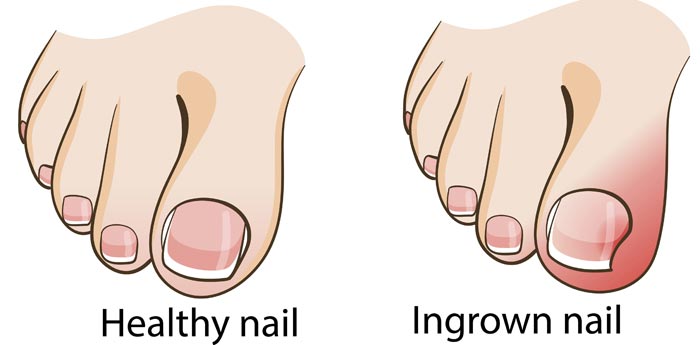
According to the Mayo Clinic the most common reasons people develop ingrown toenails are:
- Using shoes that overcrowd your toenails, compressive forces never help in this sense
- Personal hygiene practice — cutting your nails too short or improperly (cutting at too sharp and angle encourages them to grow into the skin)
- Injuring your toenail — e.i. being stepped on, stubbed or otherwise dislodged in some way
- Genetics — having abnormally shaped toenails (hard to do much about this one)
How to treat ingrown toenails
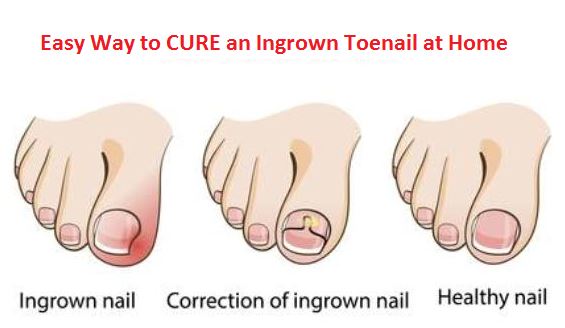
Now getting down to brass tacks. The first, and probably the most important, step to determining how to treat your ingrown toenail is to determine if it is infected or not. Signs of infection are typically:
- Increased pain, swelling, redness, or warmth surrounding the area in question.
- Red streaks extending from the area in question.
- Drainage of pus from the area.
- The development of a fever.
Always defer to professional medical treatment if in doubt, this post is meant as informational aid and no substitute for professional advice. Skin infections can be benign or very serious depending on a number of factors.
If your toenail does not appear infected it can likely be treated at home, and if not it may require a trip to the doctors office. At home treatment can be approached in the following way.
- First don’t exacerbate things, stay off your feet as much as possible and avoid strenuous exercise
- Soak your feet in lukewarm water for about 20 minutes three to four times a day (or as many as you can muster)
- Try to push the skin away from the toenail edge with a cue tip soaked in olive oil
- Use over-the-counter medicines, like Ibuprofen or other anti-inflammatory substances for the pain/swelling
- applying a topical antibiotic, such as polymyxin or Neosporin can help to reduce the odds of infection
- Avoid shoes that put pressure on your toes it at all possible, wear sandals ir your circumstances allow for it
Some other things that can be done are:
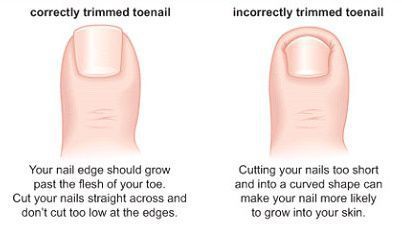
- Trim your toenails with extra care. Make sure your toenails are cut inch perfectly in a straight line without any pointed parts near the edges. Sometimes a simple cut job cat relieve some of the pressure and set you on the path to recovery. Of course approach this with a delicate touch.
- Keep your toenail slightly elevated. Placing a small piece of cotton carefully between your toenail and the skin can help you heal and make sure the ingrown nail does not return. Do this by:
- Pulling a small piece of cotton off a cotton ball with tweezers
- Get a firm grip of the cotton in the tweezers by the corner of the toenail that is ingrown.
- Using a q-tip push the cotton under your toenail into the corner so that it is slightly wedged.
- The piece of cotton should form a little ball under the corner of your nail. Be sure to go for the correct size, it shouldn’t be too big or too small. Change and clean this area daily to avoid the onset of an infection.
So, that’s pretty much it. After reading this you should know exactly what an ingrown toenail is, what are the most common causes of it, and generally what you can do to treat it. Avoid the temptation to let something that doesn’t seem serious (like an ingrown toenail) fester and turn into a problem that requires more time to heal, poses a more serious threat and can take up more time/resources in the form of doctor visits and medications. Don’t let ingrown toenails keep you out of action, here’s to happy and healthy feet!







